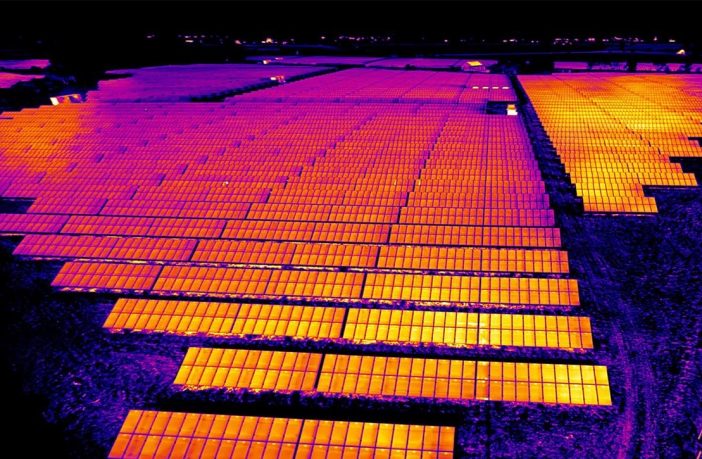- International investors are looking for portfolio diversification to hedge weather-related risk
- Plant underperformance may be riskier in high irradiation areas.
- A drop in yield beyond 10% variance will cause a default in power purchase agreement and plant debt servicing.
- Globally there is a trending shift to more moderate climates because the average yield is proving to be better over the extended life of the plant.
South Africa’s solar PV industry is going through a period of consolidation after facing a three-year delay in finalising Round 4 of the country’s Renewable Energy Independent Power Programmed (REIPPP). Rounds one to three was considered a learning curve for the largely inexperienced local industry. The formative rounds were dominated by foreign independent power producers (IPP’s), engineering procurement and construction companies (EPC’s) plus component suppliers.
Our industry has since matured and while the current focus is on building new plants that have reached financial close Round 4, there is also a concerted focus on the ongoing long-term performance of existing plants that were constructed during the first three rounds.
If a plant cannot deliver on planned performance consistently over the period of its life (20 years), then it runs the risk of defaulting on its power-purchase agreement (PPA). It also runs the risk of default on debt servicing.
In the past, the primary focus was on yield in relation to irradiation. The idea was to achieve the highest output performance. As a result, the majority of South Africa’s solar farms are in the Northern Cape (59 of the 112 projects), an area of the country with the highest irradiation levels. But the extreme weather conditions in the region may come at a long-term cost with regards to component degradation and ongoing maintenance costs. A change in weather patterns may also affect performance.
In a white paper report by New Energy Update, Jatin Sharma, president of the renewable energy insurer GCube Insurance comments, “the USA utility-scale solar Pv industry is seeing a shift away from high irradiation regions like California, Arizona and Nevada to more moderate climates like Massachusetts, Virginia, Texas and the Carolinas. The reason is to mitigate the risk of the extreme volatility in weather patterns where there can be significant inter-annual and seasonal variability”.
Sharma adds, “international studies are finding that more moderate and colder climates have been found to produce between 10% and 15% more than hot-climate PV on average, partly because of the albedo effect of ice and snow but also because the cold weather optimizes production”. Globally there is a trending shift to more moderate climates because the average yield is proving to be better over the extended life of the plant.
The solar Pv industry has evolved and the standard performance benchmark has widely been adopted (P50, P90, P75). Financial modelling is now acutely sculptured with a heavier weighting on degradation, particularly in high irradiation regions. Real-time performance monitoring of solar plants has evolved to be highly sophisticated and is multi-layered right through the plant value chain. Lenders are generally updated in real time with regards to performance.
According to Sharma, “We’re doing quite a large volume of business for customers that are fundamentally looking at portfolio diversification to hedge weather-related risk. Some parts of the world are getting dustier, some parts are getting cleaner, and some are getting cloudier. Everything’s changing”.
So do we have anything to worry about in South Africa?
According to Independent Power Producers Procurement Programme (IPPPP) Overview Report no but the report is outdated. In 2017, operational Solar Pv plants made up 1474 Mw of the total 3162 MW. Twenty-seven projects have been operational for more than 1 year, and have generated 2 374 GWh3 over the preceding 12 month period, exceeding their P50 projections of 2 247 GWh by 6%. Individually, 22 of these 27 PV projects (81%) have exceeded their P50 projections, while 26 (96%) of the IPPs achieved greater than 90% of their P50 projection. Twelve (12) projects have exceeded 110% of their target.
We must consider that degradation and weather pattern changes and has a time component to it. Any future reports indicating an underperformance variance higher than 10% will raise alarm bells.
A plant owner in South Africa is not going to advertise the fact that their plant is underperforming. In the instance of component failure, there is always the replacement option and legal recourse provided that the manufacturer is still in business. However, in the event of long-term resource change affecting performance, there may be a different set of remedy challenges altogether.
Author: Bryan Groenendaal















